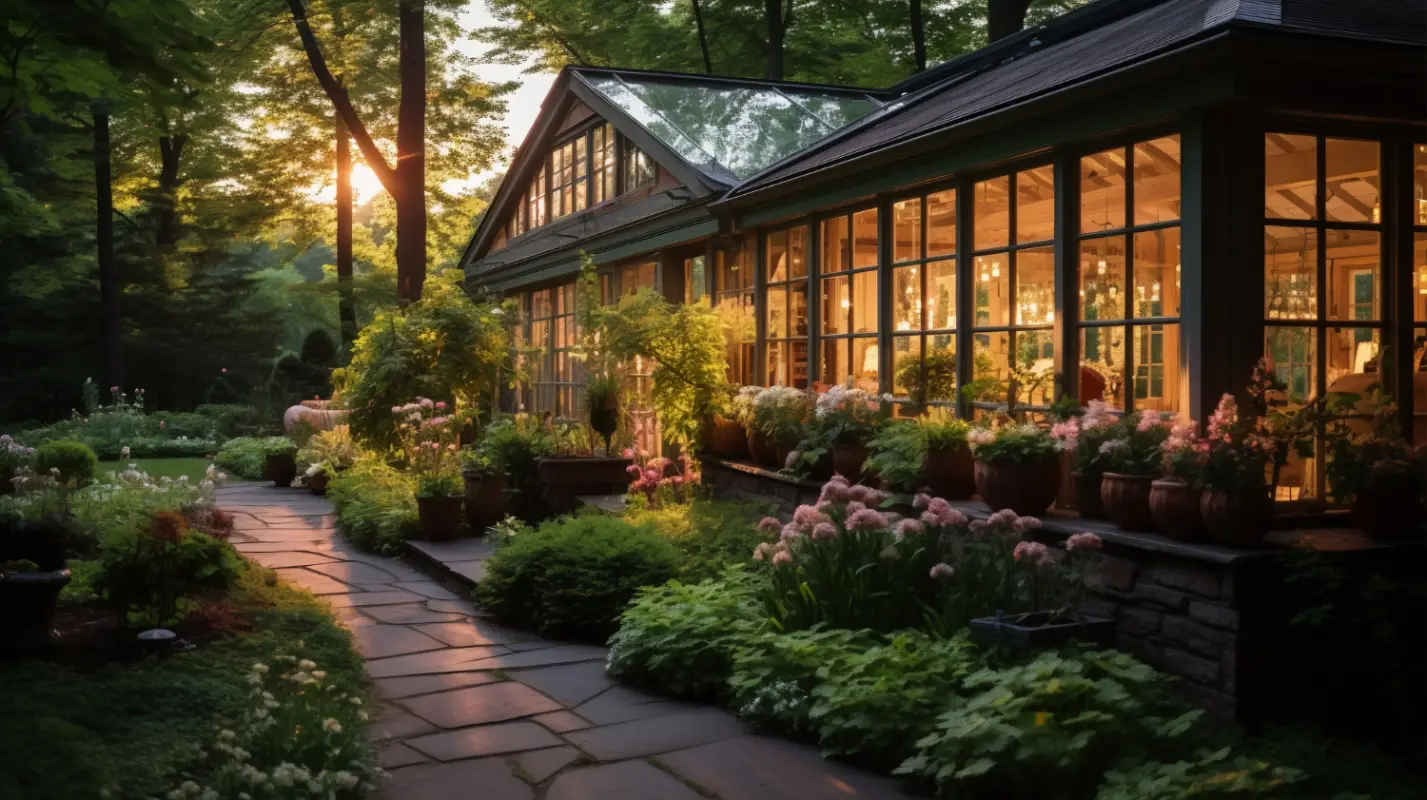How to Create a Timeless Outdoor Space with Professional Landscape Design
Creating a timeless outdoor space means far more than simply following the latest landscaping trends—it’s about building an environment designed for lasting beauty, practical function, and sustainable enjoyment. An enduring landscape does not happen by chance; it requires attention to classic design principles, investment in high-quality materials, strategic planning, and a deep consideration for how spaces will be lived now and in the future.
When you aim to transform your yard into an elegant retreat that ages gracefully, enlisting the insight of an expert in landscape design provides you with a professional vision to create spaces that merge form and function seamlessly. With a well-thought-out design, your garden will become more attractive, harmonious, and inviting as it evolves. It will feature purposeful zones, enduring plant selections, and materials that stand the test of time.
Embrace Simplicity and Balance
Simplicity is the undeniable hallmark of truly timeless landscape design. Clean lines and an uncluttered layout lend an understated elegance to any outdoor space, making it easy to update or tweak details as your needs and preferences change over time. Rather than crowding your yard with excess ornamentation or competing with fleeting fads, focusing on a restrained, intentional palette brings out the innate beauty of your surroundings.
Carefully planned symmetry—such as matching pairs of planters, mirrored flower beds, or evenly spaced pathways—helps introduce a sense of order and tranquility that feels both welcoming and spacious. Symmetry and thoughtful repetition can also visually expand smaller spaces, ensuring your landscape feels cohesive rather than chaotic.
Incorporate Natural Materials
Using natural materials such as real stone, resilient woods, and cast or wrought metals enriches your garden with character, authenticity, and pleasing textures. These classic elements are celebrated in landscape architecture for their ability to weather beautifully, gaining even more appeal as they age.
For instance, stone pathways can suggest permanence, strength, and tradition, while hardwood benches or pergolas lend essential warmth, comfort, and opportunity for gathering. If chosen with restraint, cast iron planters and decorative accents also bring a touch of historic charm that never feels outdated.
Focus on Functional Zoning
A timeless garden is one that effortlessly balances beauty with utility. Dividing your outdoor space into functional “zones” allows you to create dedicated dining, socializing, relaxing, playing, or gardening areas. This strategy helps to maximize every square foot and ensures that your landscape serves the needs of all family members equally well.
Consider how you might lay out a cozy seating nook beneath a shade tree for reading, a sunlit patio for alfresco meals, or a section of lush lawn for children and pets to enjoy. Strategic placement of hedges, low walls, and transitional pathways helps define each area while allowing for smooth movement between zones.
Select Enduring Plantings
Choosing plants with care is one of the most important ways to ensure your landscape remains attractive and healthy through every season and for many years. Aim to integrate layers of evergreens, perennials, ornamental grasses, and flowering shrubs that deliver interest—color, shape, or texture—at different times of the year.
Evergreens provide vital structure and a touch of life during winter months, while perennials and grasses offer continuous waves of movement, color, and habitat for pollinators. Incorporating native plant species further contributes to a robust ecosystem; these plants are naturally adapted to your region’s climate and soil, resulting in lower water and maintenance needs.
Integrate Sustainable Practices
Sustainability is at the heart of every truly timeless outdoor landscape design. Integrating eco-friendly landscaping techniques allows you to protect your investment while also stewarding the natural environment around your home.
Using permeable pavers for walkways and patios allows rainwater to drain naturally through the soil, reducing runoff, minimizing flooding, and preventing erosion. Choosing drought-tolerant or low-water plantings conserves precious resources and lowers monthly expenses.
Incorporate Timeless Hardscape Elements
Hardscaping forms the sturdy backbone of every classic landscape. Well-built patios, thoughtfully placed walkways, and retaining walls offer both form and function, guiding the flow through your garden while defining special destinations within the yard.
Select time-tested materials—such as natural flagstone, brick, or river rock—for paved surfaces and borders. These elements provide durability and ensure a classic, cohesive look that complements any style of home, from traditional to contemporary.
Plan for Adaptability
A landscape that lasts is one that’s designed to change. Life is dynamic, so your outdoor space should be equally flexible. Integrate elements such as modular or sectional furniture, movable raised planters, and open lawn spaces that can be easily adapted as your household grows, hosting styles evolve, or new hobbies are embraced. Adaptive landscaping avoids the need for constant renewal, letting you make quick updates and respond to new needs without a dramatic overhaul.
Conclusion
Designing a timeless outdoor space hinges on combining classic aesthetics, purposeful layout, durable materials, and sustainable strategies. By thoughtfully integrating these elements and collaborating with an experienced landscape designer, you invest in an environment that endures in beauty, function, and value.
Through carefully considered planning and using superior materials and practices, your garden will grow into a cherished retreat, offering tranquility, a place for entertaining, and an ongoing connection to nature, year after year.

